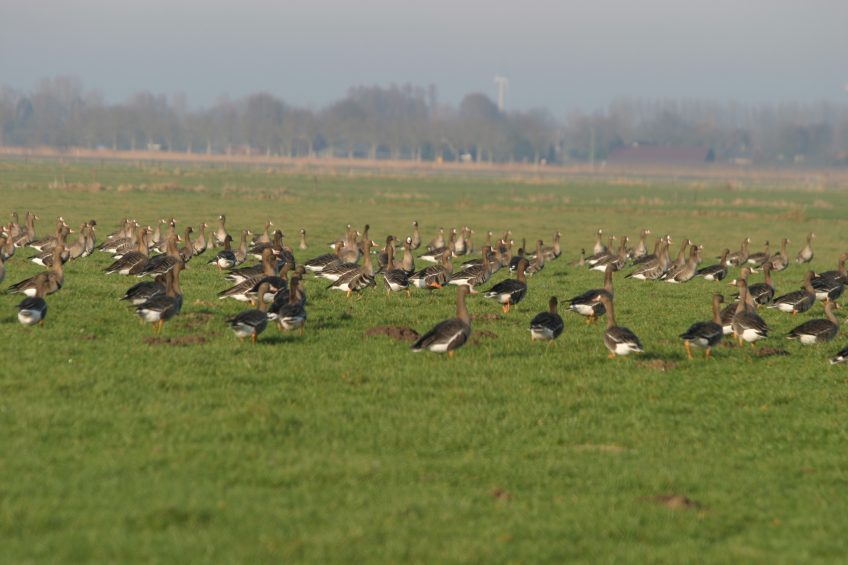Weather radar to track waterfowl and AI

University of Delaware (UD) researchers are part of an effort that will use weather radar to identify wetland hotspots used by waterfowl during the winter, which in turn can alert poultry growers about the potential risk of avian influenza to their farms.
UD is partnering with the University of California, Davis, and the US Geological Survey (USGS) on the research, which will study wetlands in the Central Valley of California during the winter.
The researchers are able to identify the birds’ location based on their well-synchronised take-off movements. “In the case of waterfowl, they engage in feeding flights in the winter. They’ll roost in the wetlands during the day and they fly out to agricultural fields – primarily flooded rice fields in California – at night. When they take off and fly into the radar, we get an instant snapshot of where they were on the ground. That’s how we map their distributions,” said Jeff Buler, assistant professor in UD’s Department of Entomology and Wildlife Ecology.
Buler, who is leading the research at UD, added that the data are collected 24 hours a day every 5-10 minutes. By identifying where waterfowl are in the valley, waterfowl biologists from USGS are able to take samples from the birds to look for prevalence of avian influenza, helping to build pathogen risk models for the poultry industry in the region.
Buler’s lab group is processing the radar data for the project and mapping where the waterfowl are on the ground in relation to poultry farms. The lab at UD is unique in that it’s practically the only active lab using weather radar data to map bird distributions at the ground level. Buler said the hope is for the technology now being used in California to one day be utilised in the Delmarva region. “It’s something that if we do develop it and the poultry industry likes it, we could replicate it here at UD because poultry is certainly a big industry and it’s also an important wintering area for waterfowl here in Delaware,” Buler said.
Another component of the project is that the researchers can compare the data they are collecting to the data they collected during a previous effort in California, looking at waterfowl distributions from 1995 to 2007 that were closely tied to the availability of water. “Given the recent droughts there, there are concerns about there being enough habitat for waterfowl. An important concern is that when the birds are concentrated in high densities, that’s a scenario for all sorts of other avian diseases like botulism to occur. If there is an outbreak of avian influenza and they’re very concentrated, it can quickly spread,” Buler said.
The research group is also looking at how waterfowl use natural and restored wetlands in the valley in order to examine other questions that are more tied to the biology of the waterfowl. “We’re interested in looking at how the drought is affecting their populations and also the distributions throughout the valley in addition to being concerned about the spread of avian influenza,” Buler said.












